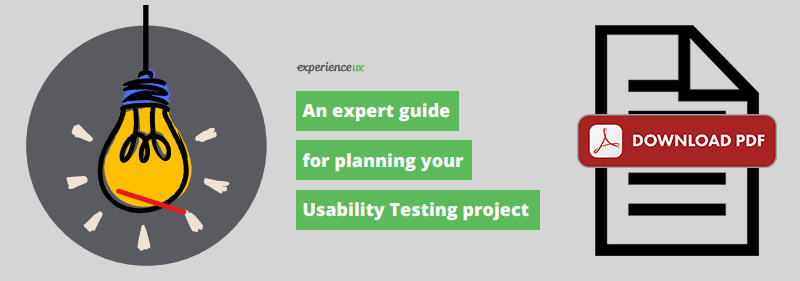How to complete ethnographic research?
There are two key methods to collect ethnographic research data. Both involve observation:
1. Passive observation
Passive observation which can also be known as ‘shadowing’ is where a user or users are shadowed while they go about their everyday tasks observed by a researcher. Sometimes before the research begins, users will be interviewed on their own or in groups to learn more about them and their needs. Observations will be documented throughout the day using a number of methods such as taking notes, photographs, sketches or videos. The research may be conducted as part of a team so that a larger number of users can be observed and therefore gaining a greater insight quickly. This observation method is a good way for researchers to see how users go about their day first-hand and identify any disconnections when the user tells the researcher one thing but actually interacts in another way.
2. Contextual interviews
Contextual interviews are where the researcher will interact with users while observing them going about their everyday tasks. The interviews will be held in a natural environment, so as not to feel too formal. The researcher will observe the user going about their everyday tasks and ask questions to gain insight.
Analysis
The analysis of the findings will vary depending on the method that has been used to gather the insights. In both cases though, the research was to obtain an in-depth view of the users and how they go about completing tasks which are under review. Researchers will look for patterns and themes from the data. They will look for the challenges and barriers that users encountered and how this effected different users.
One of the methods used to analyse the data is the use of an affinity diagram. This method allows you to take all the observations from the research and group them together so that you can begin looking for patterns. Researchers will put all their key points onto Post-It notes and then categorise these into groups which relate to the same topic.
Advantages of Ethnography research
- Ability to see first-hand how users interact with technology in their natural environment
- Identify unexpected issues that you might not have encountered in a usability test
- Opportunity to test new product ideas before they are released to the market to see what demand is like
Disadvantages of Ethnography research
- Because there is a greater insight into the user it takes much longer to generate and analyse all the findings.
- Short studies may not get a user to act naturally as they are aware of the researchers present.
- The cost of conducting ethnographic studies is typically much higher than conducting a usability test.
Conclusion
Ethnographic studies are a good way to really understand your users and the challenges they may face while going about their everyday lives. The research will give you insights to your users that you may not have seen if they were in a lab being asked to complete a task. However, Ethnographic studies can be costly and time-consuming, so making sure that you get the research method right is crucial to making sure that you are getting the research questions answered. Having conducted a study, you then need to present your findings back in an informative and meaningful way that will allow teams to use the information to make informed changes, making sure that your own opinions have not come into the findings.
You may also like:



